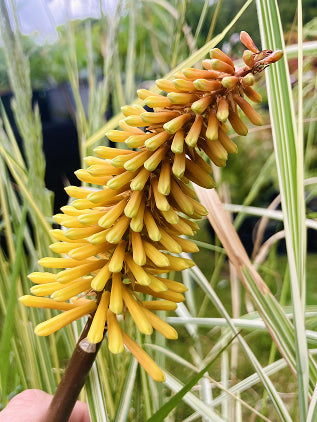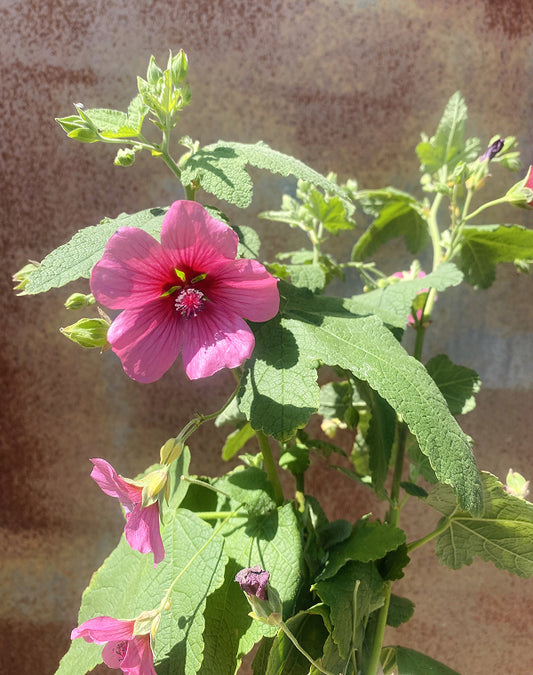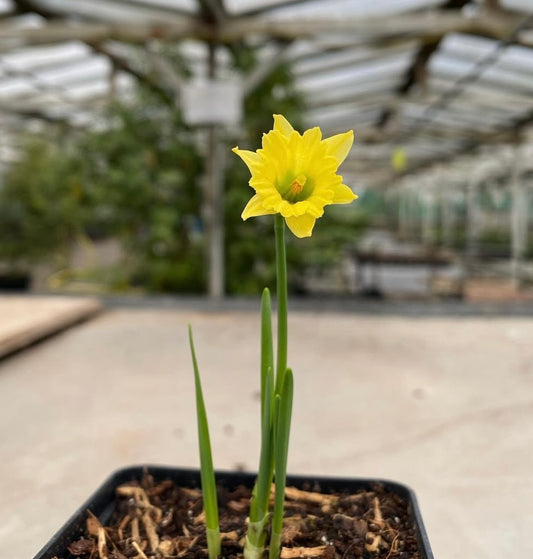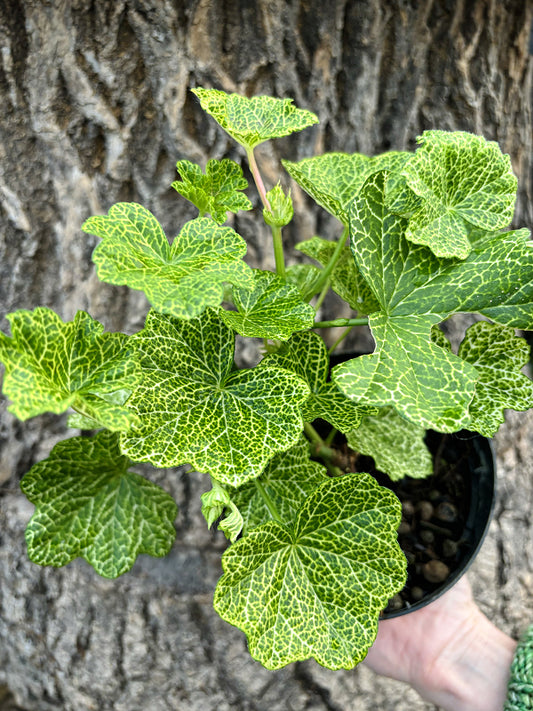Collection: Kniphofia (Red Hot Pokers)
Explore our collection of Kniphofia, also known as red hot pokers, celebrated for their bold, torch-like flower spikes that add vibrant colour and unique structure to the garden. Blooming in shades of red, orange, yellow, and cream, these striking perennials are perfect for sunny borders and provide a stunning focal point from summer through autumn.
-
KNIPHOFIA UVARIA 'NOBILIS'
Regular price £9.00Regular priceUnit price / per -
KNIPHOFIA ROOPERI
Regular price £9.00Regular priceUnit price / per -
KNIPHOFIA 'WREXHAM BUTTERCUP'
Regular price £9.00Regular priceUnit price / per -
KNIPHOFIA 'TAWNY KING'
Regular price £9.00Regular priceUnit price / per -
KNIPHOFIA 'OLD COURT SEEDLING'
Regular price £9.00Regular priceUnit price / per -
KNIPHOFIA 'MANGO POPSICLE'
Regular price £9.00Regular priceUnit price / per£7.99Sale price £9.00 -
KNIPHOFIA 'FIERY FRED'
Regular price £9.00Regular priceUnit price / per -
KNIPHOFIA 'APRICOT SOUFFLE'
Regular price £9.00Regular priceUnit price / per -
KNIPHOFIA 'TOFFEE NOSED'
Regular price £9.00Regular priceUnit price / per -
KNIPHOFIA 'HEN AND CHICKENS'
Regular price £10.50Regular priceUnit price / per -
KNIPHOFIA 'COBRA'
Regular price £9.00Regular priceUnit price / per -
KNIPHOFIA 'RICH ECHOES'
Regular price £9.00Regular priceUnit price / per -
KNIPHOFIA 'PRIMROSE UPWARD'
Regular price £9.00Regular priceUnit price / per -
KNIPHOFIA 'MOONSTONE'
Regular price £9.00Regular priceUnit price / per -
KNIPHOFIA CAULESCENS
Regular price £9.00Regular priceUnit price / per -
KNIPHOFIA 'GILT BRONZE'
Regular price £9.00Regular priceUnit price / per
Kniphofia - FAQs
What is Kniphofia (Red Hot Poker)?
Kniphofia is a striking perennial known for its tall, torch-like flowers in shades of red, orange, yellow, and green. Native to South Africa, it thrives in UK gardens, attracting bees and butterflies. Blooming from early summer to autumn, it’s drought-tolerant and low-maintenance, making it a great choice for borders and wildlife gardens.
How do I grow and care for Kniphofia?
Kniphofia needs full sun and well-drained soil. Water regularly until established, then only in dry spells. Deadhead spent flowers to encourage reblooming, and cut back old foliage in spring. In colder areas, apply mulch around the base in winter for protection.
Why isn’t my Kniphofia flowering?
Common reasons for lack of kniphofia flower include:
Too much shade – Needs at least 6 hours of sun.
Poor drainage – Soggy roots prevent flowering.
Overfeeding – Too much nitrogen promotes leaves, not flowers.
Frost damage – Harsh winters can affect buds.
Ensure well-drained soil, full sun, and proper feeding for best results.
How do I divide and propagate Kniphofia?
Divide clumps every 3–5 years in spring or autumn:
Lift the plant with a spade.
Split the clump into sections, ensuring each has roots.
Replant immediately, water well, and mulch.
Kniphofia can also be grown from seeds, but division is quicker.
Is Kniphofia pet-friendly?
Kniphofia is not considered toxic to cats, dogs, or other pets, making it a safe choice for pet-friendly gardens. However, its tough, spiky leaves may cause mild irritation if chewed. While most animals will avoid it, it's best to monitor curious pets and provide alternative chew-friendly plants if needed.
How do I protect Kniphofia in winter?
Kniphofia is hardy but benefits from winter care:
Leave foliage intact to protect the crown.
Apply mulch (straw or compost) in autumn.
Improve drainage to prevent root rot.
In very cold areas, cover plants with fleece or move pots to a sheltered spot.
What's trending?
Explore these 2025 bestsellers - proven favourites among UK gardeners, these plants have earned their place at the top.
-
ANISODONTEA 'EL ROYO'
Regular price From £9.00Regular priceUnit price / per -
NARCISSUS 'CEDRIC MORRIS'
Regular price £28.00Regular priceUnit price / per -
BESCHORNERIA SEPTENTRIONALIS
Regular price From £9.00Regular priceUnit price / per -
PELARGONIUM 'CROCODILE'
Regular price From £7.95Regular priceUnit price / per
























